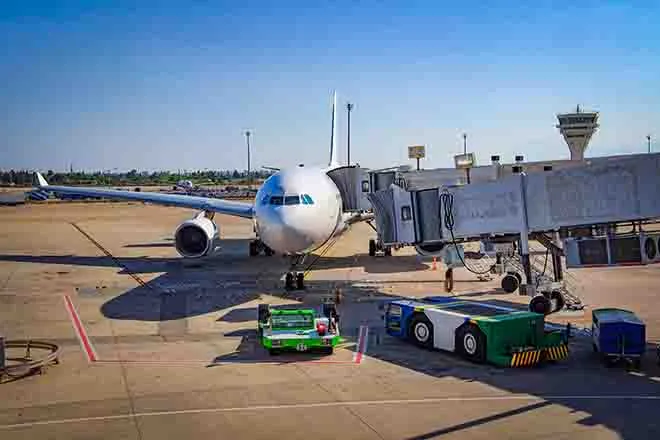
Report: Immigrants key to sustaining Social Security, Medicare
© zimmytws - iStock-1391625775
Click play to listen to this article.
As President Donald Trump makes good on campaign promises to deport immigrants living in Colorado and across the U.S. without proper documentation, a new report spotlights the economic risks to Social Security and other programs that rely on payroll tax revenues.
As America’s baby boomers continue to retire, the number U.S.-born workers is expected to dramatically decrease over the next decade.
Report Author and Chief Economist for the Economic Policy Institute Josh Bivens said historically normal Gross Domestic Product growth rates will be impossible to maintain without immigrant workers.

© zimmytws - iStock-527631529
"It does make things like Social Security and Medicare a little harder to sustain," said Bivens. "If we have a steady flow of younger immigrant workers coming in, that just makes it much easier to sustain those really important social insurance programs."
Medicare and Social Security are largely funded by today’s workers, regardless of their immigration status, through payroll taxes. According to Social Security trustees, the program will not be able to pay full benefits after 2036.
The Trump administration says it hopes to deport 1 million immigrants each year to secure borders and jobs for U.S. born workers. More than 1.2 million immigrants disappeared from the U.S. labor force in the first half of 2025, according to Pew Research Center analysis.
Increases in immigration actually lead to more jobs overall and higher wages for U.S.-born workers, according to the National Bureau of Economic Research. Bivens warned that the loss of immigrant workers will also hurt U.S.-born workers.
"The really immigrant-heavy part of residential construction is maybe the framing, and digging out the foundation," said Bivens. "Well, if that doesn’t get done, the part of construction that is more intensive in the use of U.S.-born workers, like maybe the electrician and the plumber, they can’t do their work."
Immigrants make up nearly 20 percent of the overall U.S. workforce. Nearly half of farming, fishing and home health care work is done by immigrants.
Thirty percent of all construction workers and 24 percent of service industry workers are immigrants.

















